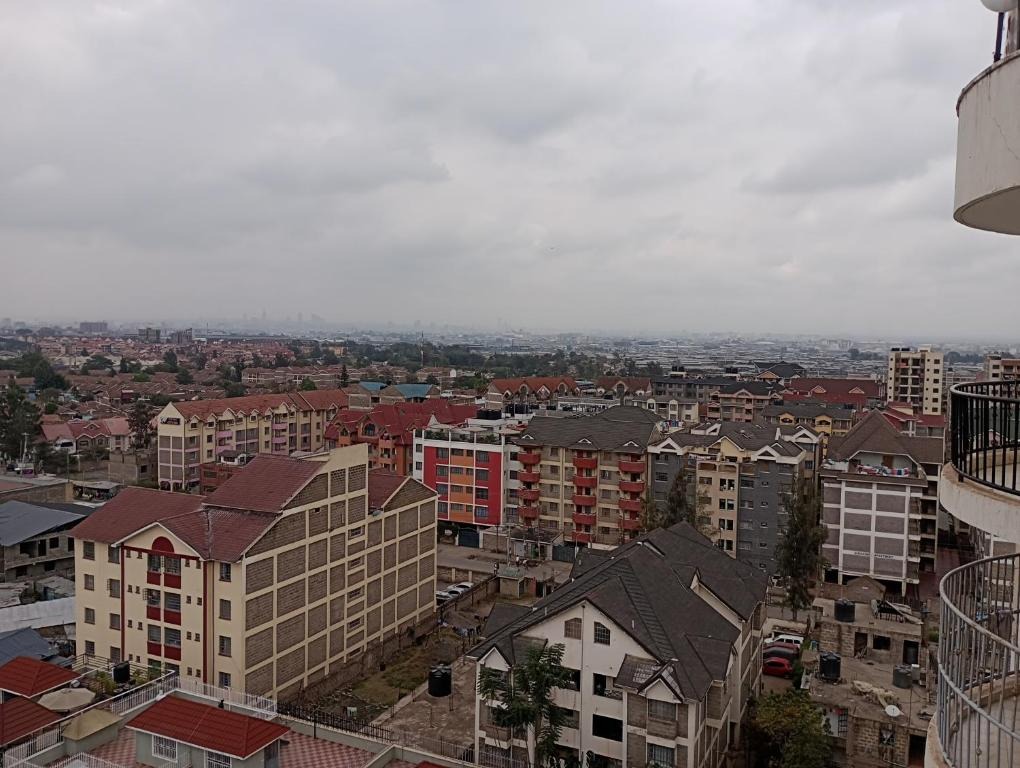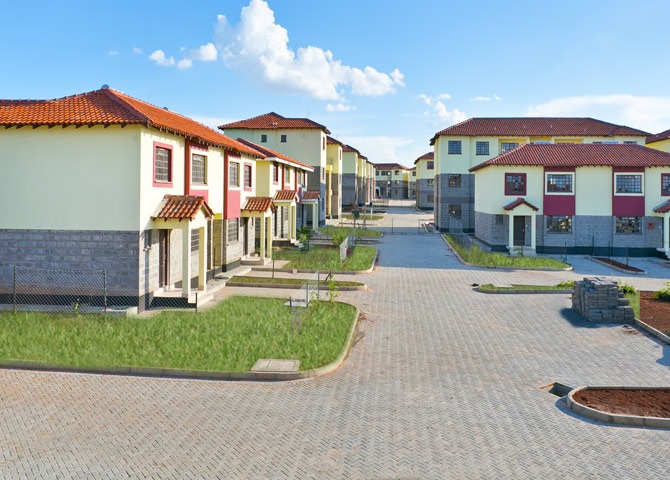In the realm of real estate investment, discerning investors are constantly seeking promising avenues that not only yield substantial returns but also align with societal needs. In Kenya, a burgeoning opportunity has emerged in the form of student housing, presenting an attractive proposition for savvy investors looking to diversify their portfolios. As the demand for higher education continues to surge in Kenya, the need for purpose-built student accommodations has never been more pronounced. This article delves into the compelling dynamics that make investing in Kenyan student housing a lucrative venture.
The Education Boom in Kenya

Kenya’s education sector has witnessed remarkable growth over the past few decades. With an increasing emphasis on education and a growing youth population, enrollment in tertiary institutions has soared. According to data from the Kenya National Bureau of Statistics, the number of students enrolling in universities and colleges has been steadily rising, propelled by factors such as improved access to education, rising literacy rates, and a growing middle class with aspirations for higher learning.
The Housing Dilemma

Despite the surge in student enrollment, the supply of suitable accommodation has failed to keep pace with demand. Many students grapple with substandard living conditions, overcrowded dormitories, and limited access to essential amenities. This housing deficit presents a pressing challenge for both students and educational institutions alike, underscoring the urgent need for purpose-built student accommodations.
The Rise of Purpose-Built Student Housing

Recognizing the inadequacies of existing housing options, developers and investors are increasingly turning their attention to purpose-built student housing projects. These developments offer modern, well-equipped living spaces tailored to the needs of students, providing not just a place to stay but also fostering a conducive environment for learning and personal growth.
Key Drivers of Demand
Several factors underpin the growing demand for purpose-built student accommodations in Kenya:
- Rising Enrollment: With an expanding student population, the demand for affordable, quality housing near educational institutions is on the rise.
- Urbanization Trends: Urban centers like Nairobi, Mombasa, and Kisumu are experiencing rapid urbanization, drawing students from rural areas seeking educational opportunities. This influx fuels the need for conveniently located accommodations.
- Changing Student Preferences: Today’s students are more discerning and value-conscious, prioritizing amenities such as high-speed internet, recreational facilities, and security. Purpose-built student housing caters to these preferences, offering a modern living experience.
Investment Potential
Investing in Kenyan student housing presents an array of compelling benefits for investors:
- Stable Demand: The steady influx of students ensures a consistent demand for student housing throughout the academic year, providing investors with a reliable source of rental income.
- Favorable Returns: The undersupply of quality student accommodations creates a landlord’s market, allowing investors to command competitive rental yields and achieve attractive returns on investment.
- Diversification: Student housing offers investors an opportunity to diversify their portfolios beyond traditional residential or commercial properties, tapping into a niche market with significant growth potential.
- Social Impact: Beyond financial returns, investing in student housing contributes to societal development by addressing a critical need for quality accommodation and supporting educational advancement.
Navigating Challenges
While the prospects for investing in Kenyan student housing are promising, potential investors must be cognizant of challenges such as regulatory complexities, construction costs, and property management considerations. Conducting thorough due diligence, partnering with experienced developers, and staying abreast of market trends are essential strategies for mitigating risks and maximizing returns in this burgeoning sector.
Conclusion
In conclusion, investing in Kenyan student housing represents a compelling opportunity for forward-thinking investors seeking to capitalize on the country’s education boom. With a growing demand for purpose-built accommodations and favorable market dynamics, this niche segment offers the potential for attractive returns while simultaneously addressing a critical societal need. By leveraging the right strategies and resources, investors can position themselves to thrive in this burgeoning market and make a meaningful contribution to the advancement of education in Kenya.







